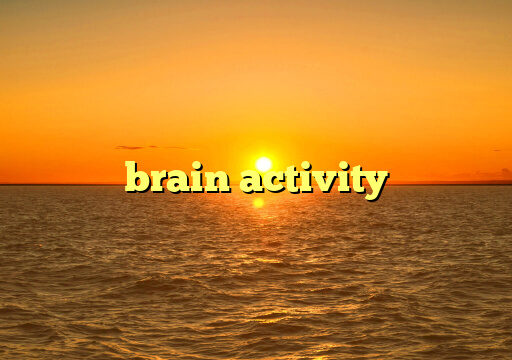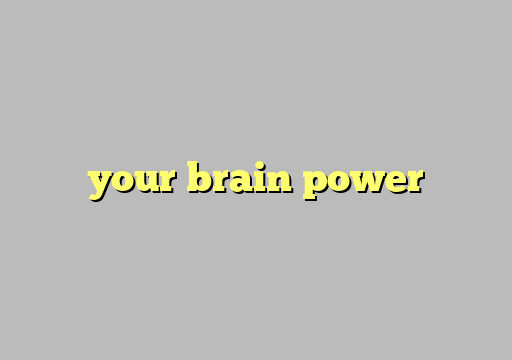The human brain is a complex organ that controls nearly every function in our bodies. One important part of the brain is the cerebellum, which is located at the back of the brain, just above the brainstem. The cerebellum plays a crucial role in coordinating movement, balance, and posture.
Anatomy of the Cerebellum
The cerebellum is divided into two hemispheres and consists of three main parts: the anterior lobe, the posterior lobe, and the flocculonodular lobe. Each part has specific functions that contribute to the overall coordination of movement.
The cerebellum is connected to the brainstem through three pairs of cerebellar peduncles, which are nerve fiber pathways that transmit information to and from the cerebellum. These connections allow the cerebellum to receive sensory input and send motor commands to the rest of the body.
Function of the Cerebellum
The cerebellum plays a crucial role in motor control and coordination. It receives information from the sensory systems, the spinal cord, and other parts of the brain to coordinate smooth and precise movements. It also helps maintain posture and balance.
In addition to motor control, the cerebellum is involved in cognitive functions such as attention, language, and emotion. It helps regulate fear and pleasure responses and plays a role in learning and memory.
Conclusion
The cerebellum is a vital part of the brain that is responsible for coordination, movement, balance, and cognitive functions. Understanding the anatomy and function of the cerebellum can help us appreciate the complexity of the human brain and the importance of maintaining its health.
FAQs
Q: Can damage to the cerebellum affect movement and coordination?
A: Yes, damage to the cerebellum can result in ataxia, a condition characterized by a lack of coordination and movement problems.
Q: How can I keep my cerebellum healthy?
A: Eating a balanced diet, getting regular exercise, and staying mentally active can help maintain the health of your cerebellum.
Q: Can the cerebellum be affected by neurological disorders?
A: Yes, conditions such as cerebellar ataxia, stroke, and multiple sclerosis can affect the cerebellum and its functions.
Unlock Your Mental Potential




